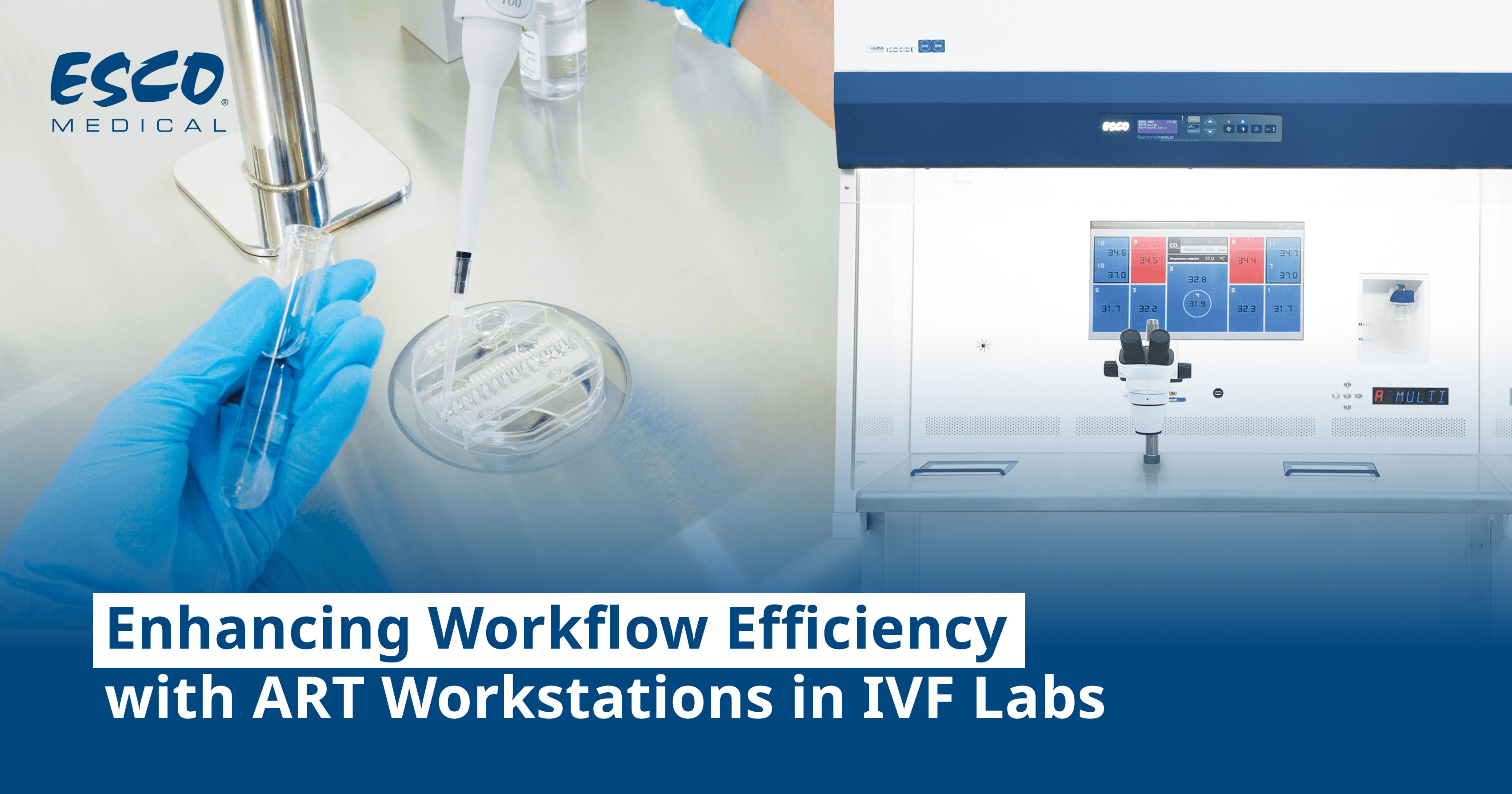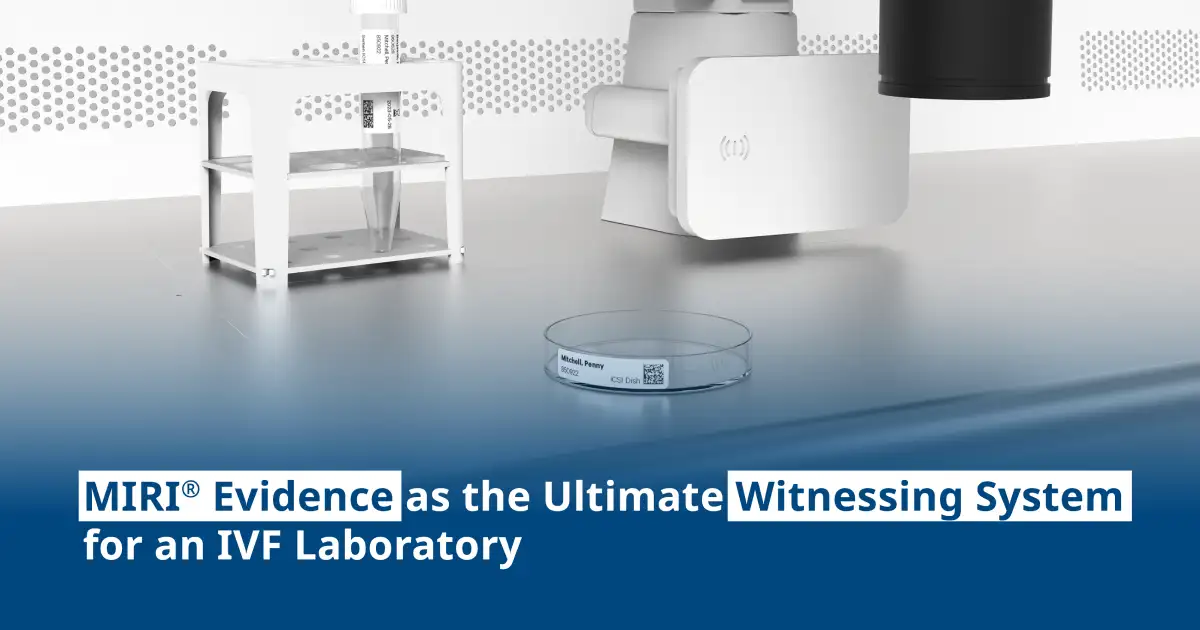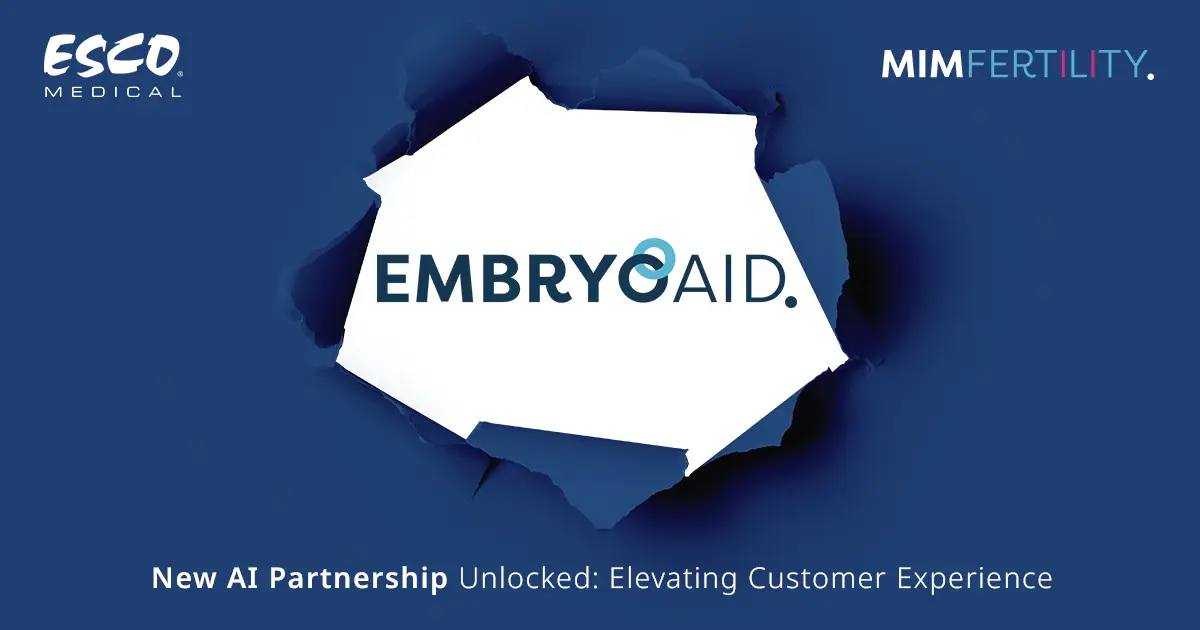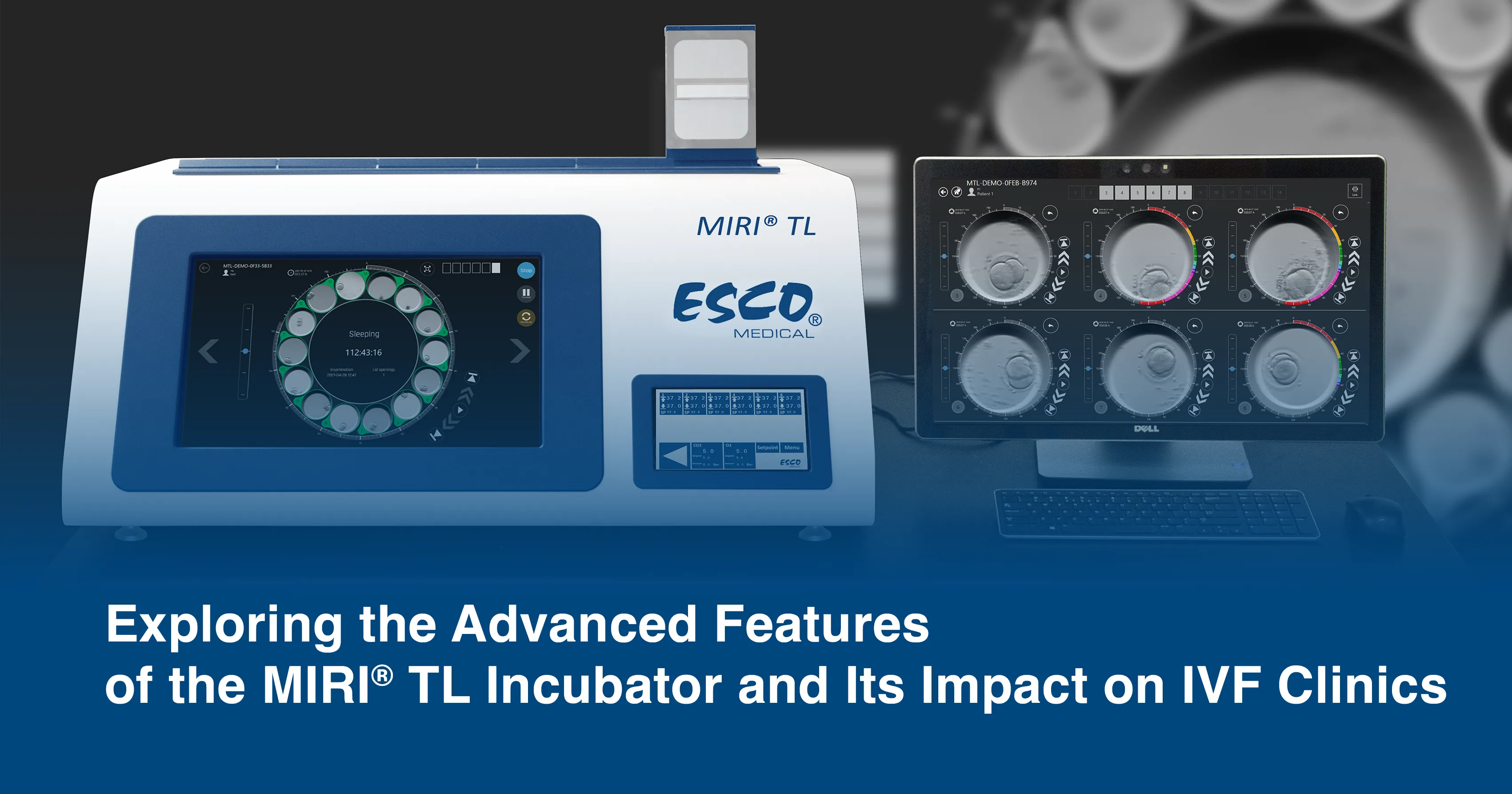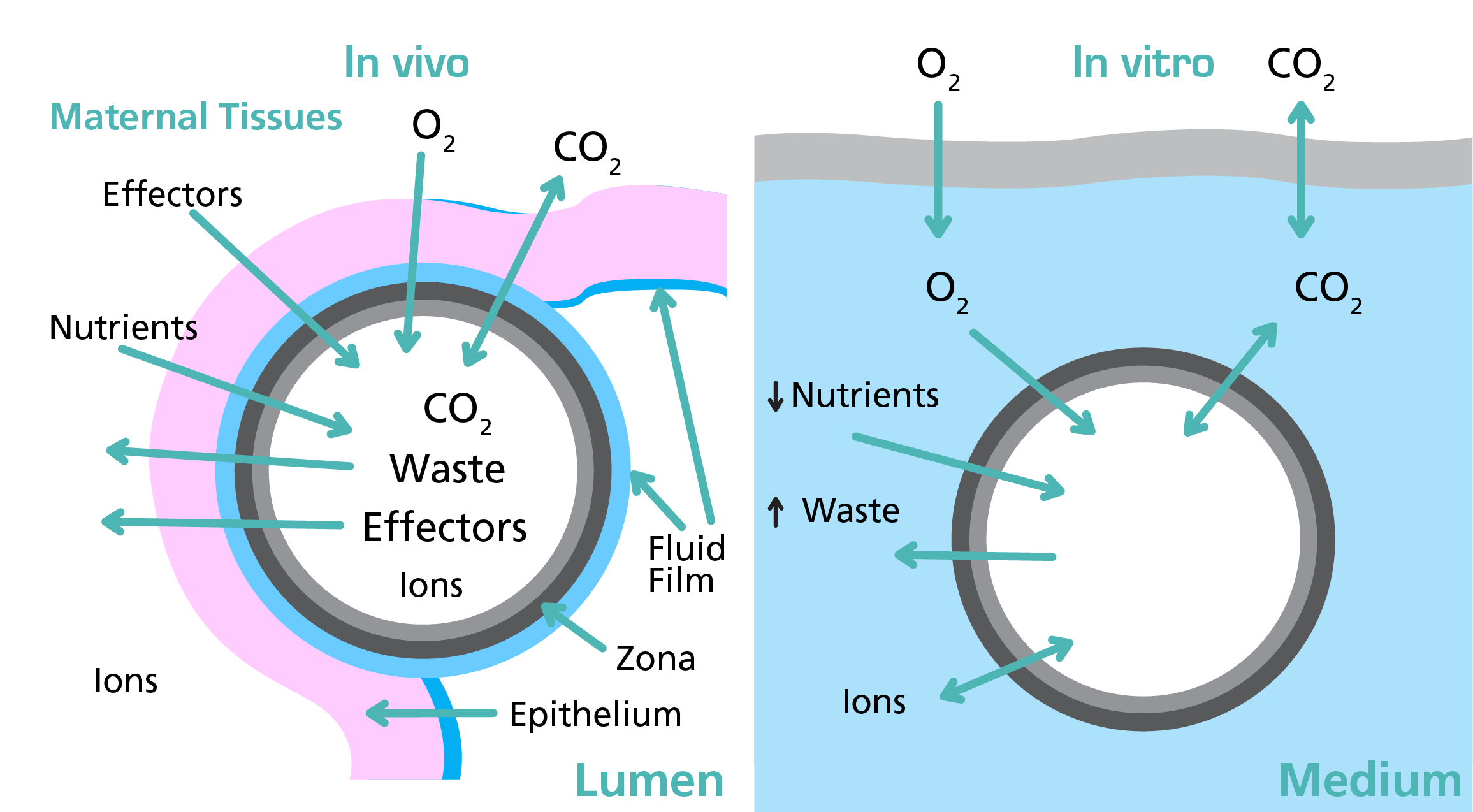
One of the crucial goals for an embryologist is to advance the quality of embryo development in the IVF laboratory. A major consideration in this undertaking is reducing the stressors of gametes and embryos experience during handling and manipulations within an in vitro environment. Such stressors contribute to episodic variations in environmental conditions that could eventually transduce into damaging intracellular unrests.
Parameters like temperature, osmolality and pH control are vital facets of cell balance, and are of essential concern during quality control in the IVF workroom. It is believed that the control of both temperature and gas concentration are standardized measures. However, pH control is still fairly subjective. Henceforth, a careful analysis to external pH of culture media is imperative in IVF.
The precise pH setting of culture media is influenced by the relationship between levels of bicarbonate in the culture medium itself, and the CO2 setting on the laboratory incubator. In turn, this depends on the atmospheric pressure, and the air humidity used to culture embryos.
This leads to a very crucial question – “Why is pH greatly significant to embryo development”?

The modification and maintenance of pH (internal) is an energy-requiring process. Human embryos, in particular, are delicate hence sensitive to pH. This is because cells have active transport mechanisms used in regulating internal pH. So, any requisite to counter the changes in external pH would mean deviation of energy from important developmental functions to homeostasis. This is translated into inferior quality embryos, and an upturn in failure to implant and form a viable fetus.
The use of biologic buffers, such as HEPES ((4-(2-hydroxyethyl)-1-piperazineethanesulfonic acid) and MOPS ((-(N-morpholino-propanesulfonic acid), have been regarded as essential tools in improving pH stability during IVF laboratory procedures. However, not all buffers may be suitable for use with gametes and embryos since certain buffers may bring about undesired effects.

On the other hand of the spectrum, pH measurement technologies can be a good option in monitoring pH. The use of SAFE Sens (Sterile, Automated Fluoroscopic Evaluation), a non-invasive, continuous, optical fluorescent measurement device is one technology that can be used in the IVF industry, cell manufacturing, and platelet storage bags. If used in combination with a disposable sensor, it is capable of accurately and dependably measure the pH of small volumes of fluids like the media used during IVF. The sensor contains a proprietary fluorescent dye that is pH sensitive.
In relation to the IVF laboratory, SAFE Sens is capable of monitoring pH over the entire IVF cycle. With this in mind, the IVF clinic and its clinicians are able to help their customers achieve the highest success rates, and thereby helping patients achieve the goal of “One IVF Cycle = One Live Birth”.
Here is a comparative table showcasing the benefits of a pH Monitoring Technology:


In summary, SAFE Sens provides the following benefits over the conventional pH tools:
- There is a decrease in time spent on pH protocols
- Data trending to optimize media pH equilibration time
- It is able to have an out of range email alert system
- It is non-invasive due to non-usage of petri dish and constant opening of the incubator.
Esco Medical’s line of incubators can be integrated with this pH monitoring technology allowing the improvement of your laboratory’s understanding of how your culture environment changes and affects embryo development. The use of this technology can surely optimize your laboratory’s custom embryo culture conditions like never before.
